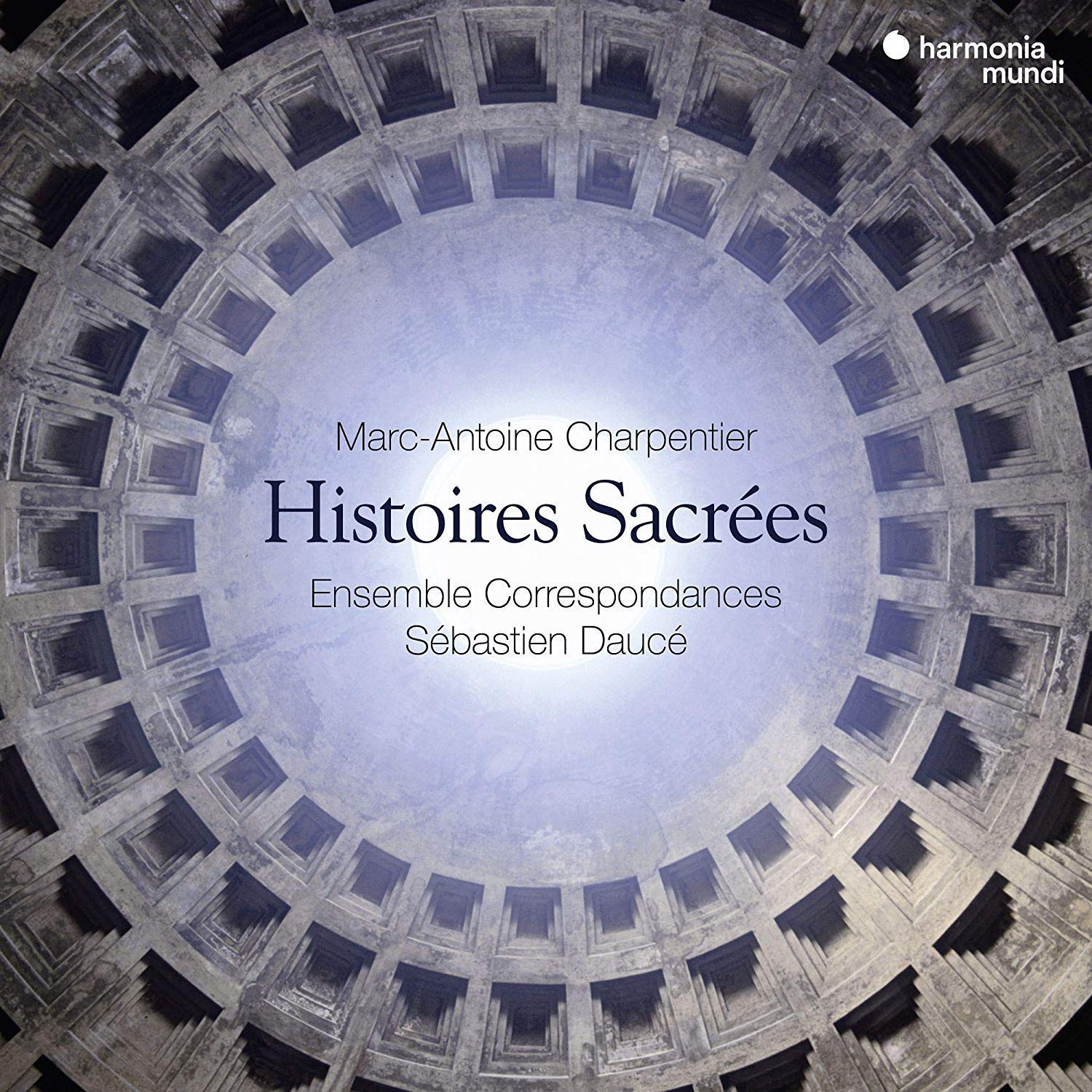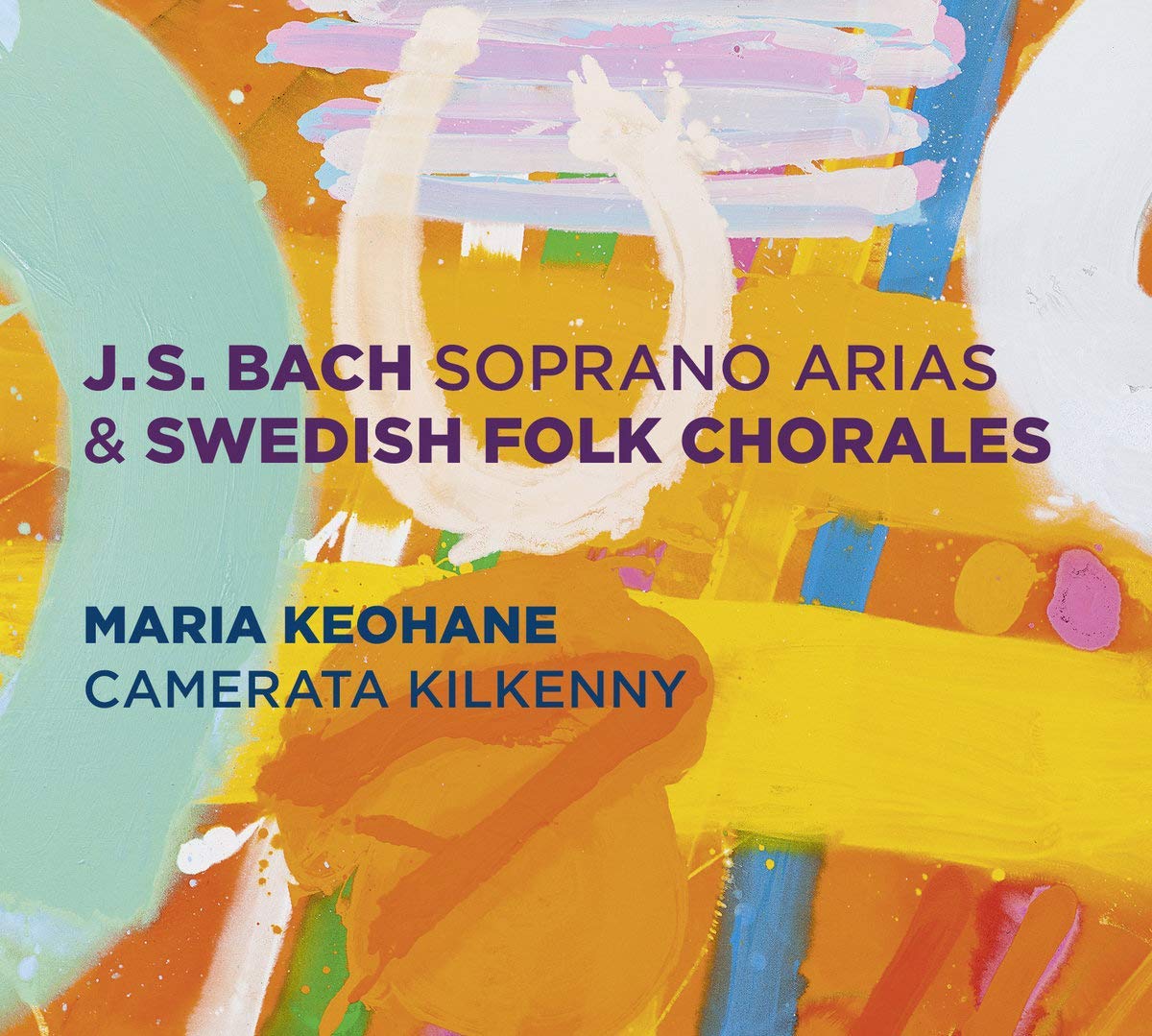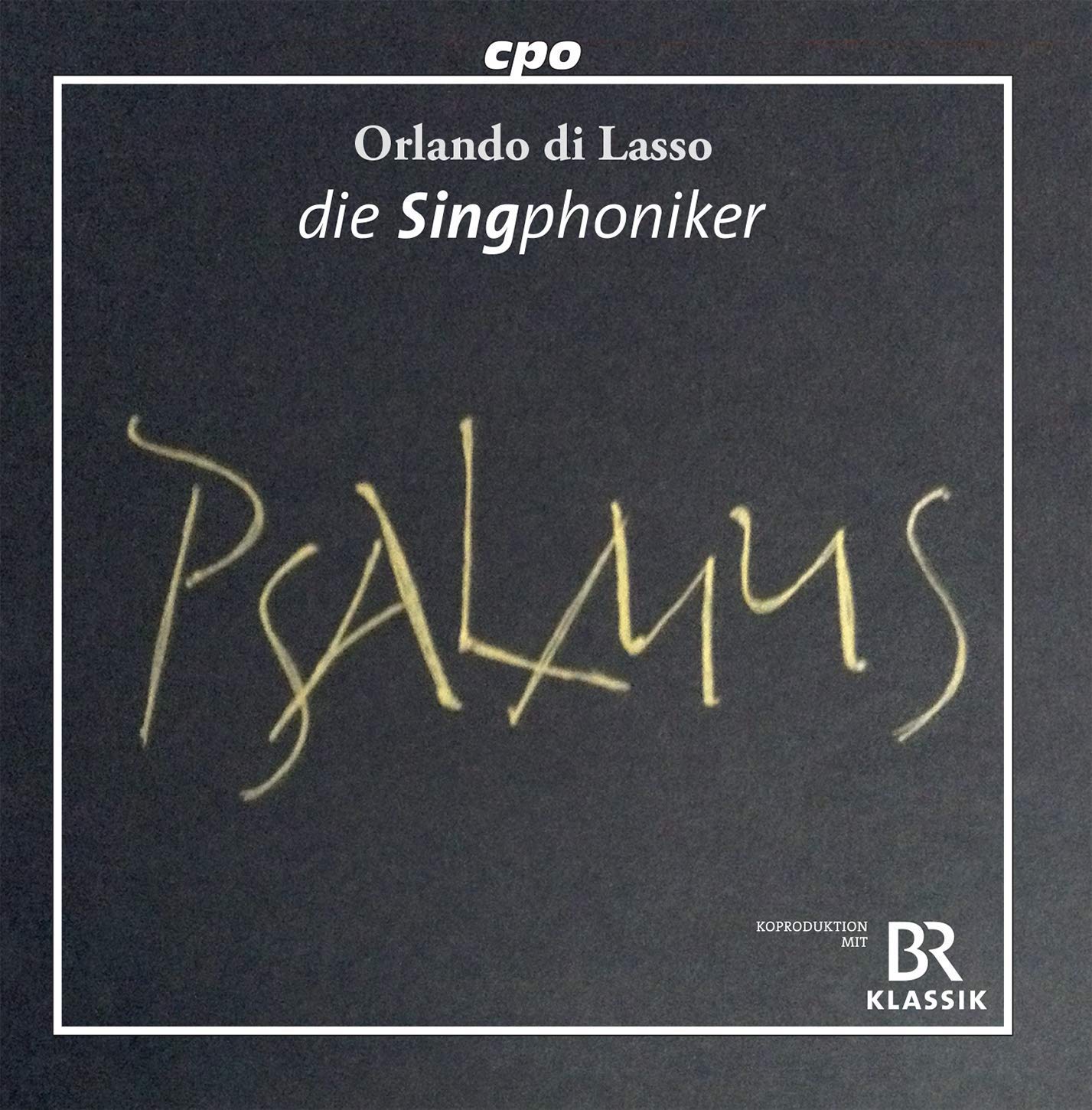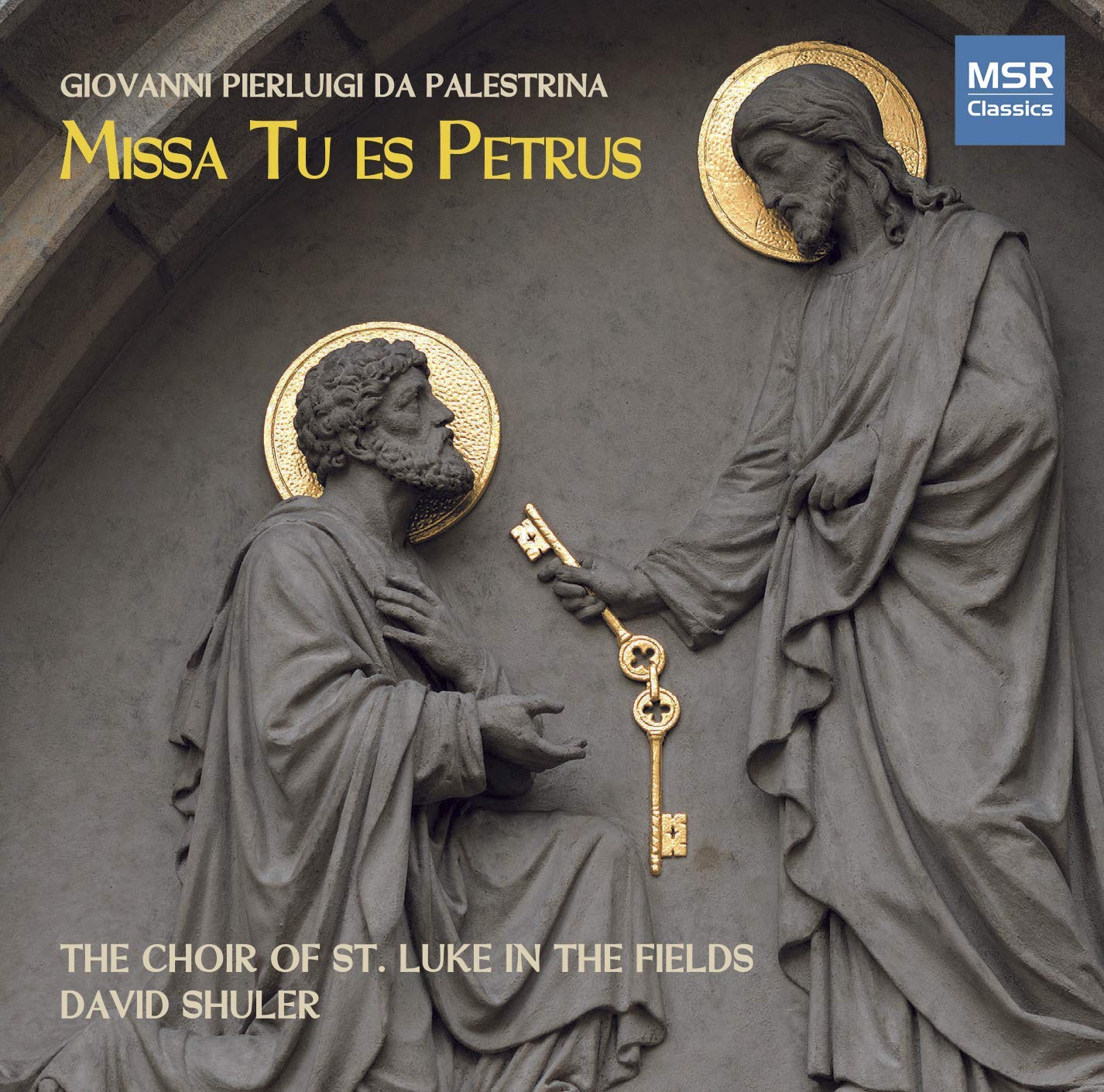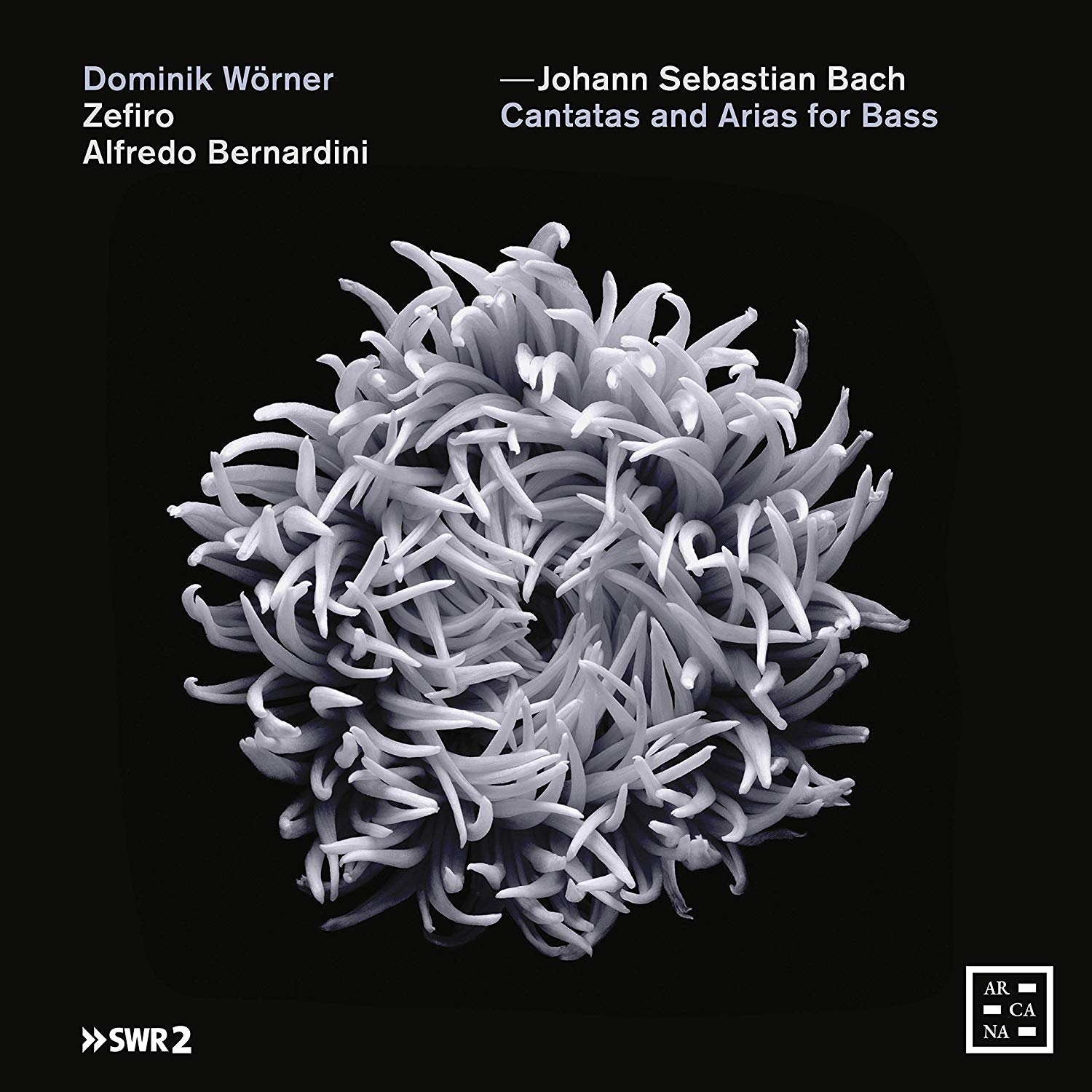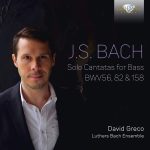Ensemble Correspondances, Sébastien Daucé
160:51 (2 CDs + Bonus DVD)
harmonia mundi HMM 902280.81
There is a cornucopia of riches packed into this slim-line presentation, so much so that its full worth will surely only became apparent after it has been lived with rather longer than the demands of reviewing time allow. At its heart lie three of the Latin oratorios, or histoires sacrées (neither incidentally terms used by Charpentier himself), biblical or historical religious dramas that follow the format of a narration – which might be sung solo, by a small vocal ensemble or even a chorus – into which characters are given their own voice. It’s a model Charpentier adopted from the three years he spent in Rome (1662 to 1665) and particularly from what he learned from his close contact there with Giacomo Carissimi. The three works are Judith, sive Bethulia liberata, H 391 (1674-76), Cæcilia, virgo et martyr, H 397 (1677-78) and Mors Saülis et Jonathae, H 403 (1681-82). The two former, along with works appertaining to Mary Magdalene, form the contents of the DVD. This presents staged versions recorded in a concert held in the sumptuous surroundings of the Chapelle Royale at Versailles, providing a theme of three greatly admired women whose moral strength was held up as exemplary by the Counter-Reformation, a strong influence via the Jesuits on the works of both Charpentier and Carissimi.
There is no evidence that the Latin oratorios were staged, but strongly dramatic writing and, at times, content makes them a tempting proposition for a producer. The Versailles performance employs a single set with large Roman arches left and right of the back of the stage and two (rather too easily) movable rocks on which some rather ungainly clambering takes place. The same costumes, a mix of vaguely middle-Eastern influence and modern dress are used for both works. There is no attempt at period production, perhaps fortunately given that much of what action takes place is not convincingly projected. Not infrequently what we see conflicts with the text, most obviously at the critical moment of Holofernes’ decapitation, where the Biblical text tells us the Assyrian King ‘lay on his bed fast asleep, being exceedingly drunk’, but we see Judith pawing a half-naked figure who is very much awake. Conversely there are moments, often helped by excellent lighting, that are highly effective, the union of the martyred Cecilia with the crucified Christ creating a Bernini-like image totally in accord with the Counter-Reformation spirit of the piece. The performances of both oratorios feature outstanding solo and ensemble singing, Charpentier’s at times piquant or tortuously dissonant harmonies emerging in the latter with unusually telling force. The eponymous protagonists of the two oratorios, Caroline Weynants (Judith) and Judith Fa (Cecilia) are especially good, the former finding real sensitivity in the prayer before the extraordinary night scene in which she visits the camp of Holofernes. The highest praise also goes to the richly-toned alto Lucile Richardot, a deeply affecting Mary Magdalene in the tender elevation motet O sarcramentum pietatis, H 274 and Magdalena lumens, one of three motets composed by Charpentier for Mary’s feast day. To complete the programme’s dramatisation all three women are brought together in the three-part a cappella motet ‘Sub tuum praesidium’, in actuality an antiphon to the Virgin
Although the audio recording also includes the two oratorios, the motets are only on the DVD. The major addition to the CDs is Mors Saulis, a masterpiece on the subject of the death of Saul and his son Jonathan, the latter deeply mourned by David. It’s a topic to which Charpentier would return in his 5-act tragédie lyrique David et Jonathas, H 490 (1688). Despite not having a dramatic context the oratorio carries extraordinary theatrical power, most spectacularly in the scene between Saul and the Witch of Endor, superbly carried off here by bass Étienne Bazola and, again, Lucile Richardot. The mourning of David, ‘Doleo super te’ is in the tradition of the great 17th-century laments and done with great sensitivity by tenor Davy Cornillot.
Among the smaller works on the CDs are the impressive 8-part funeral motet ‘Plaintes des âmes du purgatories’, and three works belonging to the dialogus type, smaller dramatic works generally cast for two or three characters and continuo, the most impressive here being between Christ and Mary Magdalene (H 423), an exquisite little masterpiece than makes great use of Jesus’ famous words ‘noli mi tangere’ (touch me not).
As I said at the outset, such are the riches here that they demand much greater acquaintance; Charpentier is one of those rare composers to maintain an astonishingly high quality over the course of a large output. These marvellous performances – and I realise I’ve said nothing about instrumental playing (employing 17th-string technique) of the highest quality and completely idiomatic direction – will unquestionably repay deeper investigation and could well take their place at the core of a Charpentier collection.
Brian Robins
